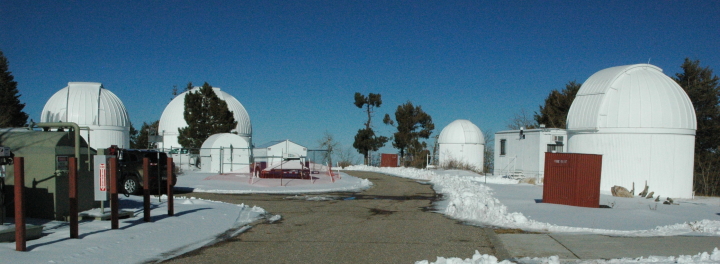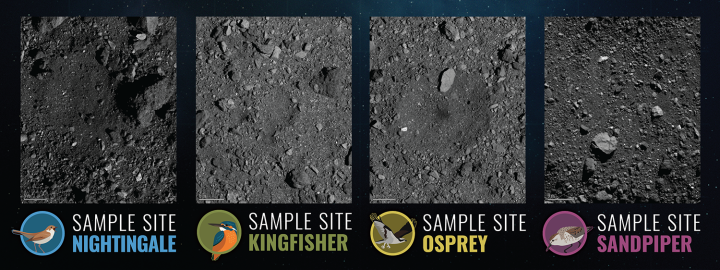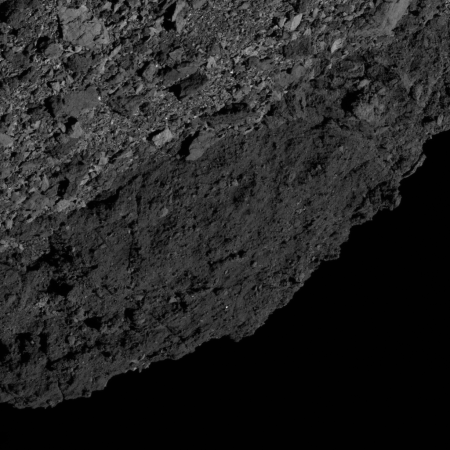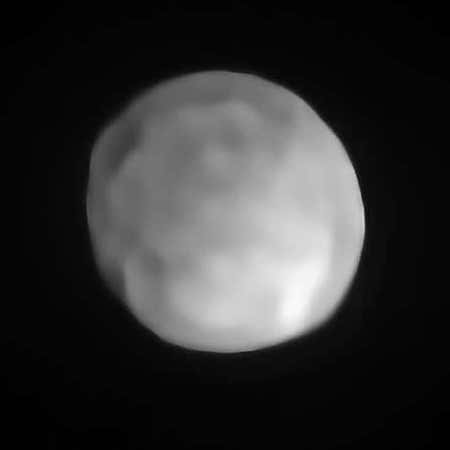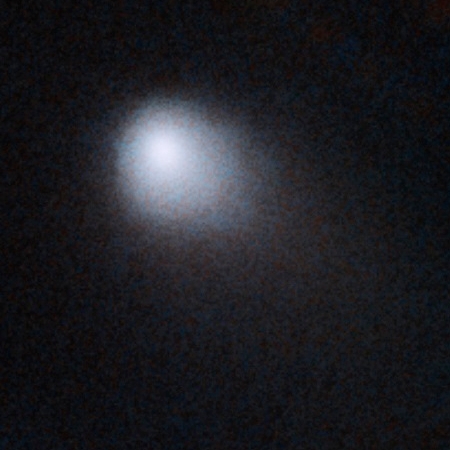An update on Comet 2I/Borisov
Link here.
Overall, this second known interstellar object to pass through the solar system appears to be a very typical comet. They have found however that its nucleus is much smaller than at first thought, only 200 to 500 meters across, which means that radiation pressure from the Sun could cause its rotation to spin up, with the possibility that this spin could get fast enough to cause the comet to break up.
The comet made its closest approach to the Sun in December, and will spend the next year-plus flying outward to beyond Saturn.
Link here.
Overall, this second known interstellar object to pass through the solar system appears to be a very typical comet. They have found however that its nucleus is much smaller than at first thought, only 200 to 500 meters across, which means that radiation pressure from the Sun could cause its rotation to spin up, with the possibility that this spin could get fast enough to cause the comet to break up.
The comet made its closest approach to the Sun in December, and will spend the next year-plus flying outward to beyond Saturn.

